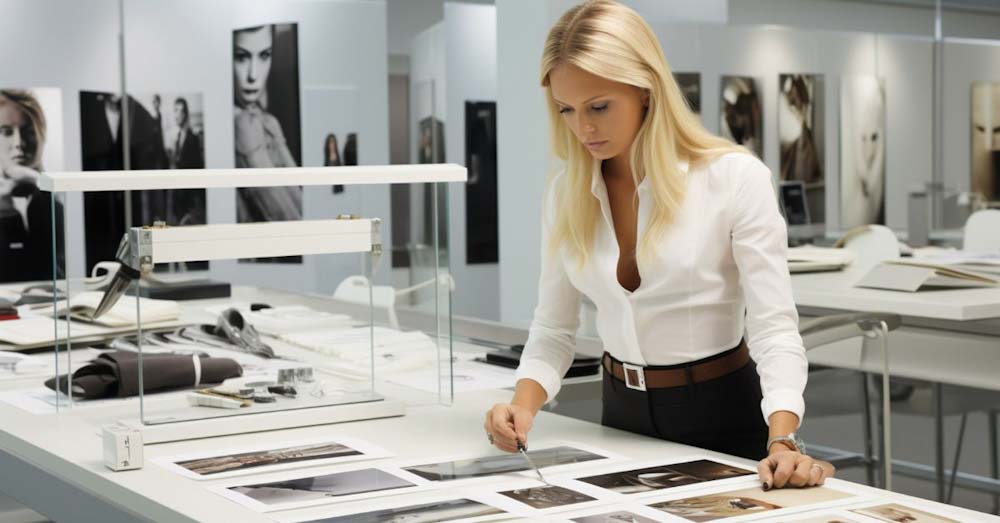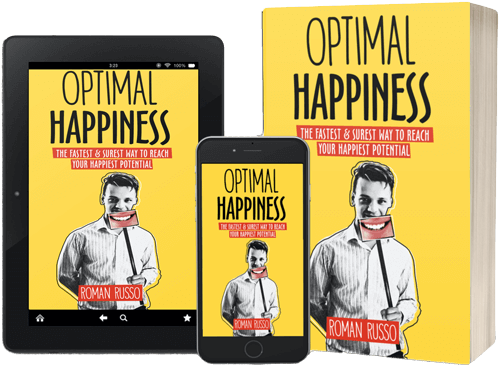
We are living in the age where everyone has everything the same as everyone else. This age we call – age of standardization.
Yet, we also live in the age where people are having everything different from everyone else. This age we call – age of personalization.
This creates a paradox. We want to have things different from everyone else, but in the same time we want to have same things as other people.
So customers want options, but too many options are not attractive. In fact, there is a sweet spot between too many options and few options where people feel like they are getting the best of two worlds.
Companies are put on the spot to bring different things, in standardized package. The value of the products is expressed in terms of their personalization, self-expression, scarcity and the feeling they give to the customers.
Market is fragmenting and each company has enough space to create its own package. This gives a lot of room for start-ups to present a new offer to the market, which can outlive the current market offering.
With huge demand on the market existing today, fragmentation is only natural.
If there is a trend, it takes name. When it does, it is very personalized. Than a company picks it up and makes it into a standardized thing – a standardized offer that everyone can relate to.
Take, for example, NetFlix, a subscription service that allows you to watch entire episodes in one go. Or take a Vine’s a website that put together five- to six-second-long looping video clips. In a way you can say that many of five- to six-second-long Vines are fragments of the full episodes showed on NetFlix. And the full episodes are fragment of a full movie industry, which probably came from TV.
Back to the paradox. Where do we stand? With some many products being fragmented, standardized and personalized, the product offering is off the charts.
To even attempt to follow these trends is beyond us. We can be interested in what is most relevant on the markets, but just remember, tomorrow this something is something else. The day after it changes again.
To pay any amount of money for these top trending products is an investment with a very high rate of depreciation. Staying ahead of the curve is good, but it is economically unsound for majority of us.
My suggestion is if you want to buy something new, wait. If you still want to buy it in a week, by all means do it. Just don’t follow impulses and be smart in your consumption.














